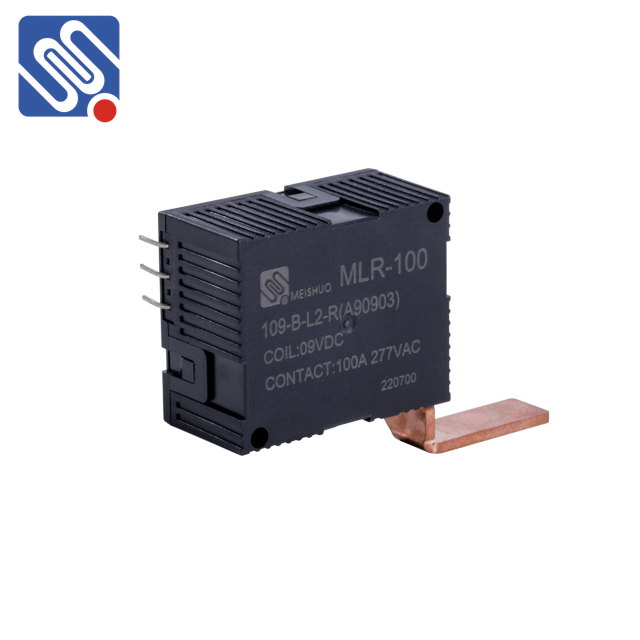understanding automatic relays: key components for automation and safety
Release time:2025-05-08 23:08:25
Automatic relays are essential devices used in various electrical systems to provide control, protection, and automation. These relays are an integral part of modern industrial applications, where they are employed to manage complex electrical circuits. This article will explore the fundamental principles of automatic relays, their functions, and the role they play in enhancing the safety and efficiency of automated systems.

What is an Automatic Relay?
An automatic relay is an electrical component that automatically controls the operation of a circuit. It acts as a switch that responds to changes in the electrical conditions of the circuit, such as voltage, current, or temperature. The relay’s function is to either break the circuit (open the switch) or close the circuit based on specific conditions, often triggered by a sensor or another control mechanism.
Relays are classified into various types based on their functionality, including electromagnetic relays, solid-state relays, thermal relays, and more. Regardless of the type, all automatic relays serve the core purpose of automating the process of turning devices on or off, thereby reducing the need for manual intervention.


